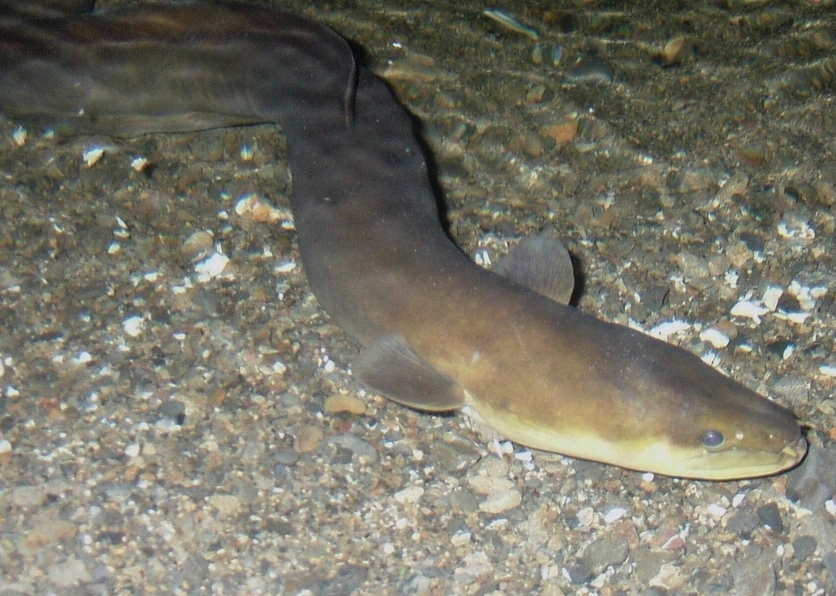Intriguing freshwater eels of the world, 35 years of scientific quest and perspectives for their conservation
Freshwater anguillid eels appeared about 65 My ago, a little before the dinosaurs disappeared. This evolutionary longevity is based on a successful and mysterious biological cycle, that has been the object of scientific and philosophical debates that started more than 2,400 years ago when Aristotle wondered about the origin of the eels. In 1922, Johannes Schmidt reported on his pioneering discovery of the spawning areas of Atlantic eels in the Sargasso Sea, and this was followed almost 70 years later by Dr Katsumi Tsukamoto who discovered the spawning area of the Japanese eels in 1991.
Eels have gone through, over the millennia of their existence, major ecological crises, changes in climatic and oceanic regimes, they have witnessed the birth and development of humanity. Once abundant to the point of being considered a nuisance, the European eel has declined so much in the past 40 years that it is now classified as critically endangered by the IUCN. The European management plan, which was promulgated in 2010, mainly targeted the reduction of fishing effort and, to a lesser extent, the restoration of ecological continuity. The effects have been limited as the European eel population as signs of recovery remain uncertain.
During this presentation, Professor Eric Feunteun will present some of the research he has conducted, thanks to international cooperation, during more than 30 years of research. He will present recent key discoveries on the biological cycle of eels and on the causes of their decline which are essentially linked to the effects of global change: change in ocean regimes, contamination by organic and metallic pollutants and loss of habitats. Management perspectives will be presented.
Location: Lecture Theatre One, Old Government Building, GBLT1, Wellington
For more information and to get tickets: https://events.humanitix.com/eel-public-talk.
Related content
The New Zealand longfin eel (Anguilla dieffenbachii) is New Zealand’s only endemic freshwater eel. Read about the threats to the Longfin eel – is it on a path to extinction?
In Tuna – working with glass eels explore the work by Erina Watene-Rawiri who investigated whether there had been a decline in numbers of tuna in the lower Waikato River. She also investigated whether eels could be grown and produced commercially.
The Connected article The fish highway covers a scientist's discovery that native fish and tuna were using Wellington’s stormwater system as access between streams and the sea.
The article Wetland animals looks at the role of eels in a wetland ecosystem.
Discover more about tuna and explore food and resource-gathering traditions practised by Ngāi Tahu whānau in Te Waipounamu, this is part of the Mahinga kai – natural resources that sustain life interactive.
Explore the range of resources we have under our fish and freshwater topics.
Activity ideas
In the activity, Saving taonga students learn about eels and/or whitebait and how human activity has impacted on their lives. Students learn about obstacles these taonga face and about possible solutions (mitigation) for the problems.
Use this activity to explore freshwater issues and tuna heke (eel migration) from the perspective of a migrating eel.
In these two videos below, Michelle Parkes explains how her year 5 and 6 students learned about the life cycle of the longfin eel via observation and games:

